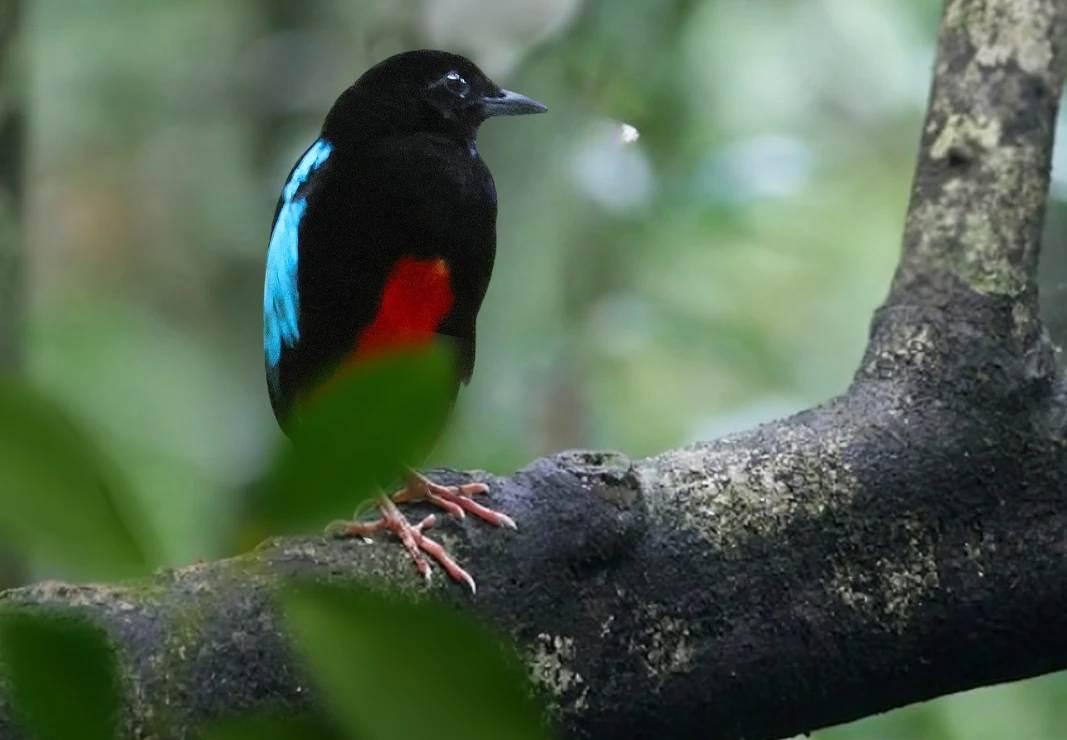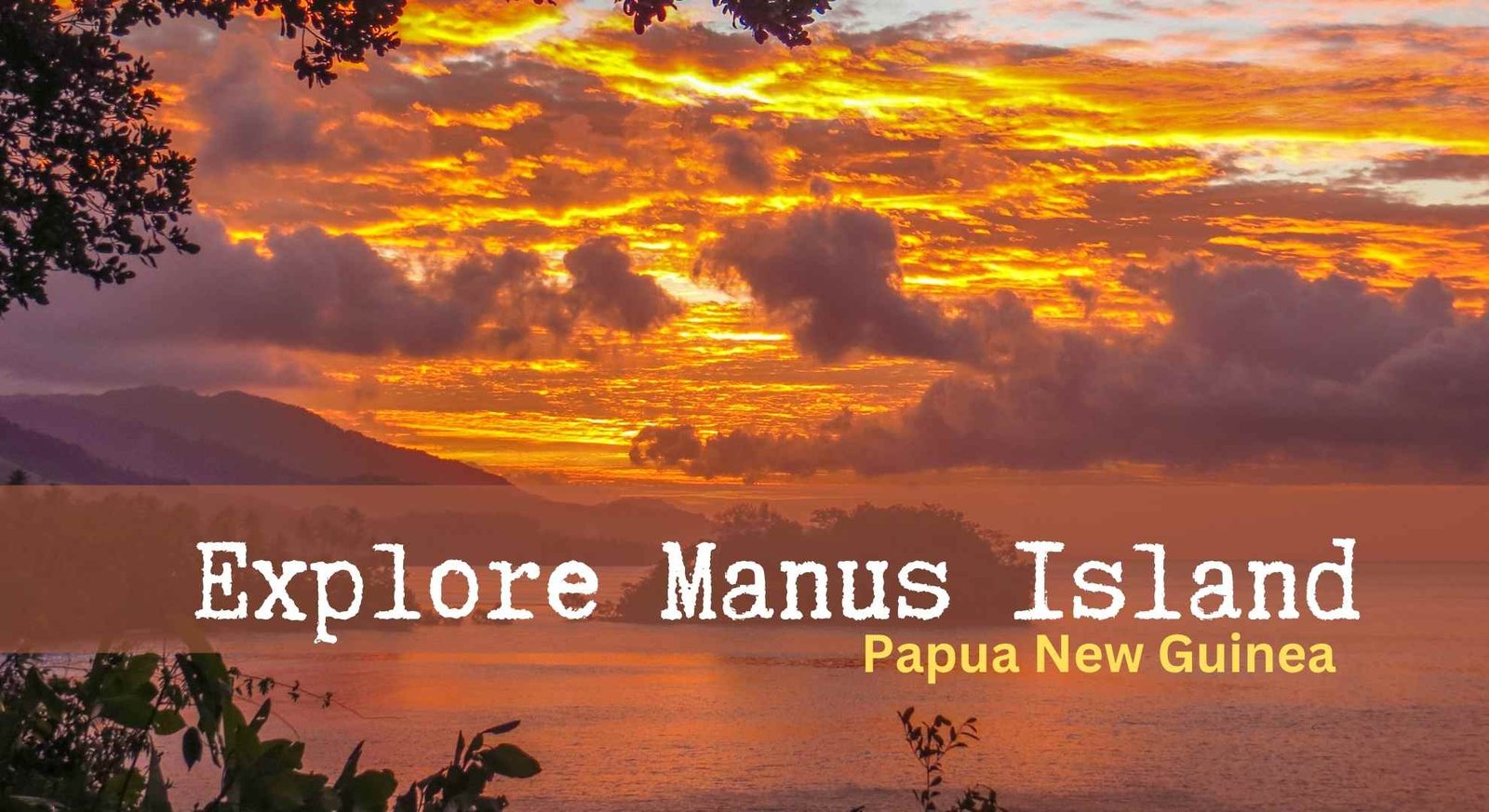From Turacos to Picathartes: Fourteen Days of Birding in Ghana
Home › From Turacos to Picathartes: Fourteen Days of Birding in Ghana
In Search of the Picathartes: A Birding Journey Through Ghana
I arrived in Accra a day before the tour began, on 19 October 2018. After the long flight and restless hours at the airport, I needed time to sleep and get used to the heat. The air in Ghana was thick and warm, and the hum of life outside the airport helped me slip into the rhythm of West Africa. That evening, two fellow travellers arrived—one from Germany and one from Korea. We met over dinner. We spoke about birds, travel, and the days ahead. We got along well, and by the time the rest of the group arrived later that night, it already felt like we were on the same team.
Day 1 – 20 October 2018 (Accra to Shai Hills and Kalakpa Forest) The next morning, our birding tour officially began. At 6 am sharp, we were packed and ready. Our first stop was Shai Hills. The area was a mix of dry grasslands and rocky hills with scattered trees. Birds came quickly into view. Northern Crombecs flitted in the scrub. We saw Yellow-fronted Tinkerbirds, Snowy-crowned Robin Chats, and Violet Turacos hopping between trees. A burst of colour came with the Blue-bellied Roller. Senegal Parrots called loudly, and Blackcap Babblers moved in noisy groups. We were off to a great start.
Later, we headed to Kalakpa Forest. The forest was quiet, humid, and dark in parts. We spotted Red-cheeked Wattle-eyes and Thick-billed Cuckoos. Capuchin Babblers gave us a tough time, but we did find them. A Grey Woodpecker tapped away up in a tall tree. Kalakpa also gave us African Moustached Warblers and Green Turacos. That evening, we drove towards Kakum, watching the landscape pass by. Our driver, whose name was Yahoo, drove us with ease through the traffic. I often called him Google by mistake, and we laughed about it all through the trip.
Day 2-3 – 21-22 October 2018 (Kakum National Park) Kakum National Park was one of the highlights. The canopy walkway was high, swaying, and full of promise. We got there before first light. From above the trees, the forest looked endless. Birds flew across our eye level. We saw Violet-backed Hyliotas, Chestnut-capped Flycatchers, and Brown-cheeked Hornbills. The sun broke through, and a White-crested Hornbill glided just below us. It was like being inside a bird documentary. Tinkerbirds called all around, and the air was filled with the hum of the forest. A Congo Serpent Eagle perched far in the distance. The trees moved, and out came the Black Dwarf Hornbill, a real treat. But one of our most exciting sightings here was the Yellow-footed Honeyguide. We saw it briefly as it moved low and fast, but enough for a good look.
Day 4-5 – 23-24 October 2018 (Nsuta Forest and Ankasa Reserve) From Kakum, we travelled to Nsuta and Ankasa. These forests were thicker, wetter, and even more full of life. In Nsuta, we found Buff-spotted Woodpeckers, Tessmann’s Flycatcher, and the lively Tit Hylia. Square-tailed Saw-wings flew in wide arcs above the trees. At Ankasa, the forest was deep. The highlight here was the search for the Nkulengu Rail. We had to wake early and walk in near silence. After a long wait, we heard the rail’s call, then caught a glimpse as it ran across a wet patch. There was silence, and then cheers. We also saw the shy Forest Robin and Western Bronze-naped Pigeon. The Tiger Heron was another star here. We watched it still and alone in a shadowy pool—a thrilling sighting.
Day 6 – 25 October 2018 (Ankasa to Kumasi for Picathartes) Then came the day of the Picathartes. We left Ankasa and drove to Kumasi. It was a long drive, broken by a few birding stops. The Yellow-headed Picathartes is one of Africa’s most unique birds. We reached the forest in the evening. The walk was 2.5 kilometres, through hilly forest. At the nesting site, we waited silently. Then, as if from a storybook, the bird appeared. It hopped between rocks, its yellow head catching the fading light. It preened, called, and paused to stare back. Everyone forgot to breathe for a moment.
Day 7 – 26 October 2018 (Opuro Forest and drive to Mole) Next morning, we were headed for Mole National Park, with a stop at the Egyptian Plover site. We searched along the riverbanks. The Egyptian Plover walked slowly along the mudflats. Its black-and-white body stood out. We were lucky. This bird, which is in its own family, is rare and beautiful. From there, the drive to Mole was long. The land changed slowly. Green forests turned into open grassland. The trees thinned, and the road became dusty. It looked more like the classic image of Africa—yellow grass, flat lands, and the occasional tree. On the way, we had a flat tyre. Yahoo got to work quickly. Using what he called “bush technology,” he had us back on the road in no time.
Day 8-9 – 27-28 October 2018 (Mole National Park) Mole was vast. The park was dry, but full of life. Elephants walked through the scrub. We went on foot, with guards. The birds were many. We saw Bruce’s Green Pigeon, Standard-winged Nightjar, Abyssinian Ground Hornbill, and Exclamatory Paradise Whydah. Martial Eagles circled above. We counted around 120 species in Mole alone. The walking was tough, but the sightings made up for the tired legs. Nights were full of owl calls and warm wind.
Day 10 – 29 October 2018 (Mole to Bobiri) After Mole, we visited the Bobiri Butterfly Sanctuary. The trees here were smaller and the area was more open. The light came through the canopy, and the butterflies danced in it. One of our group members was a butterfly photographer from Switzerland. He was thrilled. We all took turns pointing out the colours and patterns.
Day 11 – 30 October 2018 (Bobiri to Atewa Forest) From there, we headed to Atewa Forest. The forest here felt ancient. We searched for Trogons. We heard the call, clear and close. We tried to find it. We waited. But it never showed. That loss stayed with me. We saw Tit and Green Hylias, Red-chested Owlet, and Black-throated Coucal, but missing the Trogon felt personal.
Day 12 – 31 October 2018 (Return to Accra via Atewa and Sakumono Lagoon) On the final day, we returned to Accra. Along the way, we stopped at Sakumono Lagoon. Waders moved through the water. We saw Kittlitz’s Plovers, Collared Pratincoles, and Black Herons fishing. The light was soft. Everyone was quiet. After dinner, we went to the airport. Fourteen days had gone by quickly. We were now friends. We had shared meals, heat, laughter, and silence. We had walked through forests and stood still for birds. We were no longer strangers.
Ghana gave us over 400 birds, forests, savannahs, long roads, and late-night talks. It gave us Picathartes, Plover, Turacos, and Honeyguides. It also gave us a flat tyre, a butterfly chase, and the call of a Trogon never seen. That is what birding is about. Not just the birds, but the moments that sit quietly beside them.

This tour was organised and led by Endemic Explorer, a theme-based travel company specialising in birdwatching, wildlife, and nature-focused expeditions across Asia, Africa, and Latin America. Our itineraries are designed in collaboration with local guides and naturalists, ensuring authentic field experiences and access to key habitats. For more information, visit www.endemicexplorer.com or contact us at info@endemicexplorer.com.
Latest Post

Papua New Guinea Bird Photography Tour Report – 2024

Chasing the Super Pitta: A Journey to Manus Island

